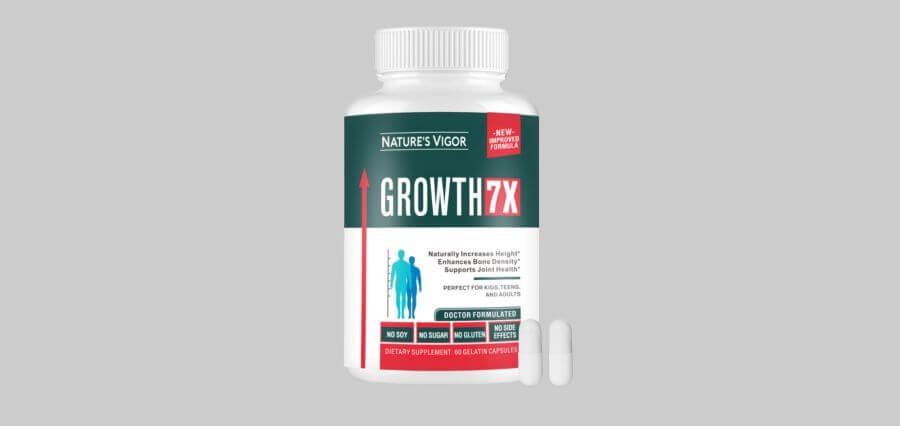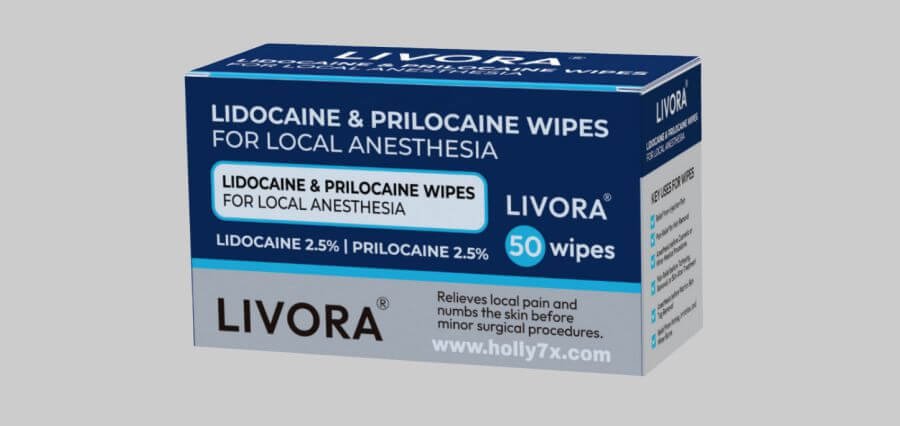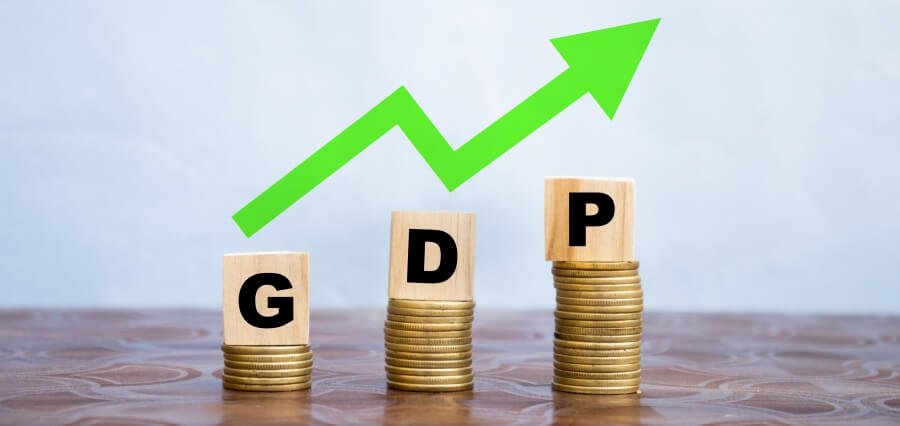Prime Highlights:
The U.S. economy grew at a 2.3% annualized rate in Q4 2024, falling short of the 2.5% forecast.
The U.S. economy expanded by 2.8% in 2024, slightly slower than the 2.9% growth in 2023.
Consumer spending increased by 4.2%, continuing to be a primary driver of economic activity despite inflationary pressures.
Key Background:
The U.S. economy grew at a 2.3% annualized pace in the fourth quarter of 2024, according to the Commerce Department’s latest report. This growth rate, while solid, fell short of the 2.5% increase anticipated by economists surveyed by Dow Jones, following a more robust 3.1% expansion in the third quarter.
For the full year, the economy expanded by 2.8%, slightly slower than the 2.9% growth seen in 2023. On a year-over-year basis, GDP growth from the fourth quarter of 2023 to the fourth quarter of 2024 was 2.5%. The Q4 report represents the first of three estimates that the Bureau of Economic Analysis will provide.
Consumer spending, which accounts for about two-thirds of total economic activity, remained a key driver of growth. It rose by a strong 4.2%, demonstrating resilience despite ongoing inflationary pressures. However, the overall slowdown in growth was attributed to weaker trade and reduced private investment. Imports and exports both declined by 0.8%, while gross private domestic investment fell by 5.6%, contributing to a 1 percentage point reduction in GDP growth. Additionally, a reduction in inventories further dampened the overall growth rate.
In other economic news, initial unemployment claims for the week ending January 25 dropped by 16,000 to 207,000, significantly lower than the 228,000 forecasts. Continuing claims also decreased, signaling strength in the labor market.
Despite the moderate slowdown in GDP growth, the overall economic picture remains relatively strong. The Federal Reserve has adopted a more patient approach to monetary policy, with no indication of aggressive rate cuts in the near future, despite some concerns over inflation’s pace. Consumer savings have continued to decline, with the personal saving rate dropping to 4.1%, the lowest level in two years, as households dip into savings to sustain spending.
Read Also: Impact of New Tariffs on Building Materials: A Growing Barrier to Home Affordability





















